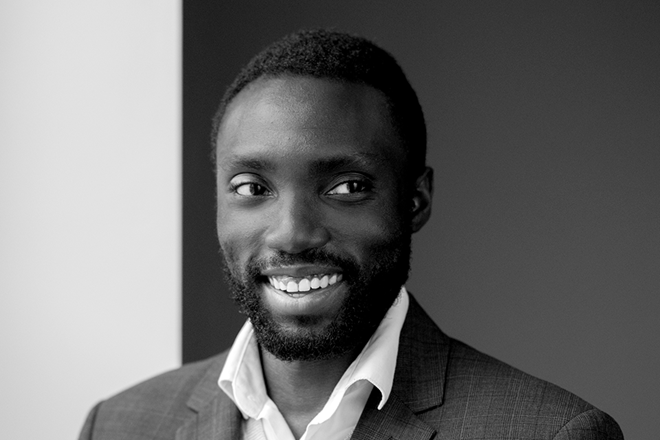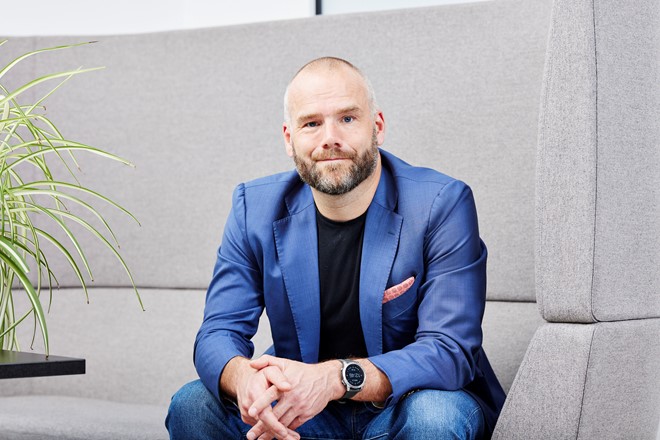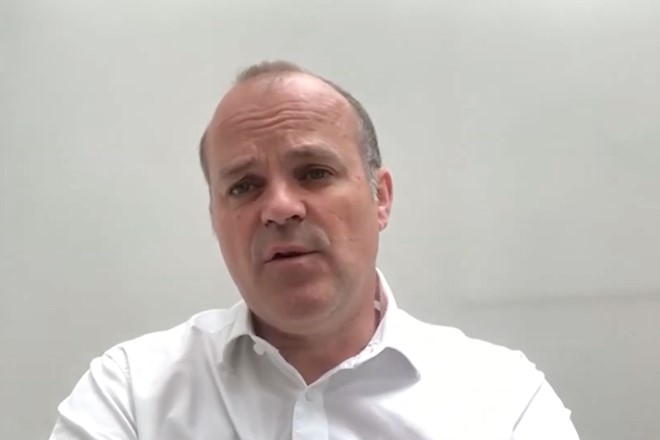
The past decade has seen the development of new modalities that have caused a paradigm shift in drug development. Syncona was an early investor in precision medicine and led the creation of a number of new companies, particularly in the cell and gene therapy space. However, our attraction to these modalities was not the novelty for its own sake, but rather the power and precision with which they allowed access to validated targets and the impact they could have on some devastating diseases. For instance, cell therapy has allowed scientists to utilise the potential of CD19 for novel immune therapies in oncology. Meanwhile gene therapy has allowed in-situ enzyme replacement therapy for monogenic (single gene) disorders – the highest form of target validation – unlocking previously hard-to-treat parts of the body, for example the central nervous system.
Syncona has always been focused on finding high science that delivers transformative impact in areas of high unmet medical need. The question of which modality to use has always been dependent for us on the specific biology and clinical setting – whatever shape or form that was to come in. Rather than make the modality fit the target, we take the target and explore which modality offers the most effective way to reach it. It just so happened that advances in cell and gene therapy offered us numerous opportunities to reach novel targets.
As we move forward into the second decade of Syncona’s growth, we continue to look for high-quality science that shines a light on novel targets. We are of the view that the diversity of modalities now available after the expansion of the last decade brings new levels of precision to drug development where the power of a novel target paired with the best modality can drive even greater benefit for patients – but also jeopardy where calling the pairing wrong in a world of increasingly narrow IP leaves companies vulnerable to disruption. We are already seeing this and over the past year, for instance, we announced new companies in small molecules (Mosaic) and protein degradation (Kesmalea), as well as in gene therapy (Beacon).
The new modalities that entered the fray over the past decade include cell and gene therapy, gene editing, and protein degradation. We’ve also witnessed a renaissance of others, such as oligonucleotides and antibody-drug conjugates.
Looking ahead, there is no obvious new disruptive modality imminently on the horizon. We will see incremental improvements in the suite of technologies already in play, and they will continue to be developed and fine-tuned, but it’s hard to imagine a totally new entrant over the next few years of quite the same disruptive power to those of the last decade.
In this respect, the next decade will see the industry return to ‘business as usual’. The fundamental point of drug development has always been to discover a target that can be modulated to treat a horrible disease. Now, we have at our disposal a vast armoury of modalities to launch at these targets, more than at any other time in history, so simply being the first mover against a given target won’t be enough. Instead, life sciences companies will find that, as IP narrows, they will need to achieve more than one first of ‘firsts’: starting with the right modality, for the right target, and in the right indication.
Crucially, this marrying up of modality with disease and target will be the barrier to entry that also ensures commercial success. We are already seeing this dynamic with the rotation of investment away from modality/ platform companies towards therapeutic areas of interest (see graph on page 24).
This holistic, modality-precision approach is precisely what Syncona was set up to follow. Our team is structured to dissect a new piece of science from scratch and then create a company around how best to deliver a therapy for it.
Our investments in cell and gene therapy, for example, go through the same method. Gyroscope is a good example of this. It was founded around the premise that a one-time therapy would address the issue patients with dry age-related macular degeneration faced – needing regular intravitreal injections for a disease that is asymptomatic in the early phase and where adherence to treatment was a real issue. Permanent expression would deliver greater efficacy and the early data corroborating this premise is what compelled Novartis to acquire the company.
We continue to remain committed to cell and gene therapy, as we look to reap the rewards of our early mover advantage. We will also be looking to evolve and expand their application, for example by moving gene therapy into larger diseases just as we did with Gyroscope. But this is in the context of only when it is the right modality and disease to target.
Out with the old and in with the new
We appear to be moving out of a decade dominated by new modalities and entering a world where the sheer volume of data and the number of modalities provide an incredible set of opportunities for our sector to leverage. Our ability to sequence genes quickly and cost effectively, coupled with our deeper understanding of genetics as a driver for many diseases and conditions, is also allowing researchers to understand which approach is most effective for a given disease.
Deciphering all this, reducing it to practice and allocating capital to it is going to be incredibly complex, but it presents a huge opportunity. Syncona’s robust, nimble and modality-agnostic model places us at the forefront of this trend and will spur our growth over the next decade. Only a few groups are set up with the analytical horsepower paired with the commercial vision to succeed. I believe Syncona is one of these groups.


